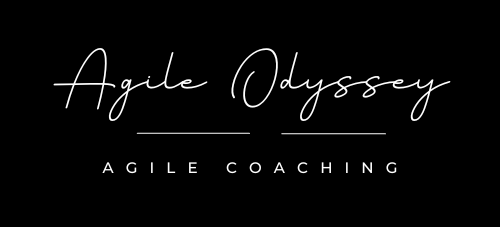Recently, I had the pleasure of playing the Chocolate Bar Scrum Simulation Game with my team, and it was an absolute blast! Not only was it incredibly enjoyable, but it also proved to be an invaluable tool for helping the team grasp the significance of sprint iterations and the importance of gathering customer feedback early in the development process. As we navigated through the game, it became evident how incorporating customer feedback at sprint reviews could drive product improvement and customer satisfaction. Inspired by our experience, the team later implemented similar practices in our sprint reviews, leveraging the lessons learned from the Chocolate Bar Game to enhance our development process and product quality.
Are you seeking a dynamic approach to introduce agile methodologies to your team? Enter the Chocolate Bar Game! This interactive simulation is tailored for teams new to agile practices, offering a collaborative environment to grasp essential concepts such as iteration and teamwork.
Whether your team is co-located or remote, the Chocolate Bar Game can be played in person or online, making it accessible to all. Modeled as a Scrum simulation, the game revolves around the goal of creating a delicious chocolate bar while incorporating customer feedback into the development process.
Here’s how it works:
Time to play: 60 minutes
Virtual version (can be played in person)
Number of players: 5+ people
Resources required: Virtual Whiteboard
Team Setup:
- There should be a designated Product Owner.
- 2 Team Members & 2 Customers (for more participants, split people across Sprint Team and Customer, but no more than 4 in the Sprint team)
- There are 4 rounds and each round has 2 parts, Sprint iteration round (3 minutes) and a feedback part (1min) for each round.
In Sprint:
- In Sprint, for each round the team will create an example of a chocolate bar they think their customers would love. Using the ingredients available and being aware of the constraints of the factory at that time.
- Once the Sprint timer has finished the chocolate bar is moved to the “Plate of DOD (Definition of Done, or Done and delivered).”
- Sprint Review to the customers, rejoin the group (except Round 1 where only the PO and Customers meet) the team have 1 minute to present what they have on their plate and get feedback from the rest of the group, who will act as customers. Customers can request changes or simply provide feedback. The Product Owner should ask the customers if they were happy with the Product.
- The Product Owner will add to the Product Backlog new features/requirements from the Sprint Review.
- Once back in Sprint the team will review Customer Feedback and the Product Backlog and redesign the chocolate bar.
- Each phase is repeated until the allotted time elapses.
Once all rounds are completed, run a Retrospective with everyone to gain insights from the team on what they learnt and how they can apply their learning and application in their every day Sprints. You can ask questions such as
- How did you decide how to design your chocolate bar in each phase?
- Did you set a Sprint Goal, would that have helped your process and decision making
- How useful was the feedback from customers, and how did you improve the feedback asked for from each round?
- How did the feedback you received to influence the design of the chocolate bar?
- How did you handle constraints and customer expectations?
- What proportion of the customers did you satisfy at the end?
- Were there any features that were added that did not come from customer feedback?
- Were any agile processes applied in the game, such as backlog, dot voting, or prototyping?
- What else did you learn from this activity that you wanted to share?
Summary
Playing the Chocolate Bar Game reinforces the importance of iterative development and customer feedback in agile practices. By engaging in repetitive iterations based on real-time feedback, teams learn to adapt and improve their product continuously.
Whether you’re aiming to introduce agile concepts to new teams or enhance collaboration within existing ones, the Chocolate Bar Game offers a fun and effective way to achieve your goals. So gather your team, unleash your creativity, and let the chocolate-making journey begin!
Learning Goals:
Product ownership Sprint cycles, iterative feedback, customer value
